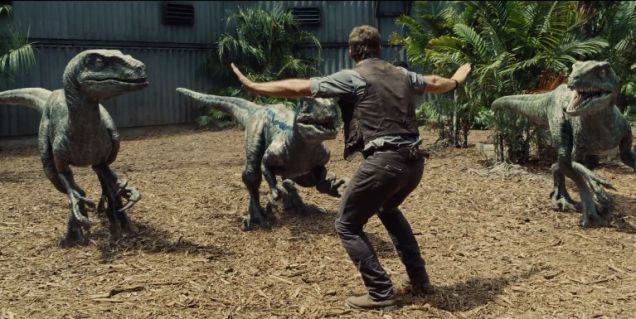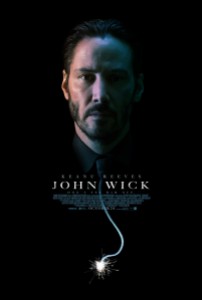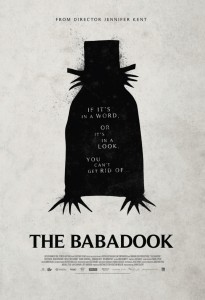 The monster inside us is often the scariest of all. What are we capable of if pushed to the edge? What demons are we harboring? And can we ever escape?
The monster inside us is often the scariest of all. What are we capable of if pushed to the edge? What demons are we harboring? And can we ever escape?
Jennifer Kent’s “The Babadook” is one of the best horror movies in a decade. The monster at its center is a personal demon, not quite a literal one. The thrills and scares come early and often, but the monster itself remains dormant beneath a veil of family drama and psychological turmoil.
Amelia (Essie Davis) is the single-mother to her 7-year-old son Samuel (Noah Wiseman), a precocious young boy but one who finds it hard to be around other children. He doesn’t see monsters, but he believes in them more than the usual child, to the point that he creates makeshift weapons to stop would-be intruders and takes up the defensive immediately for those who would insult or harm his mother. It gets him into trouble, both at school and with his aunt, who no longer wants to be around Samuel and his habits.
Amelia is suffering through a job at an old folks home and is struggling to find a new school for Samuel once his antics get him dismissed. At the same time, she has a recurring dream of her husband’s death in a car crash, who died on the day Samuel was born no less.
All these problems begin to burrow deeper under Amelia’s skin after Samuel finds a sinister looking children’s book called “The Babadook”. There’s a long history of horror movies summoning monsters by reading the pages of an old, ancient book, poem, or diary, but Kent has a visual style that doesn’t linger on the rhyming words and mantras so many other films default to.
Kent’s style is aural editing, with each cut punctuated by each noise, creak, or flourish that seem to resound inside Amelia’s head like a migraine. “The Babadook” is gray and flush of color, but as Amelia’s stress grows more weary, Kent finds a way to sap it of additional light, even going as far as to bend the proportions of their English cottage to surreal angles. There’s a scene at a birthday party in which Kent frames Amelia opposite five leering housewives in a domineering arc. Who are the real monsters and villains of this story?
Perhaps most fascinating is how Kent allows us to get inside Amelia’s head. There are moments of relief for her, like when she takes off work and finds a moment of solace while eating an ice cream cone. The shot is luminous and a dreamy moment of escapism, all before we come crashing down to reality. Kent even toys with our sense of reality, particularly in a scene where Amelia scrambles to patch a hole filled with cockroaches, only to find when guests arrive that the hole was never there.
How do fear, guilt, and frustration with the many nuisances and challenges in our lives begin to mount? “The Babadook” is terrifying for sure, but it’s a drama of depression first, and how when all these stresses come together in a perfect storm, it can be self-destructive.
Essie Davis above all leads Amelia’s mental breakdown and transformation. It’s a jaw-dropping performance that escalates to enormous volumes in the film’s climax. Davis becomes so dangerous and so unpredictable so organically that we hardly see it coming. Her decline and her anger seem so natural, despite how quickly monstrous her actions become, and it’s truly scary.
The film’s ending is perhaps the most polarizing aspect, but it’s a perfect one. “You’ll never get rid of The Babadook”, the book taunts. For Amelia, she’s coping with the grief of losing her husband, even seven years removed from the accident. That pain never goes away, but you have to feed those demons to tame them, and they can overcome you when things get bad.
Most dramas are hardly this perceptive of human nature, let alone indie horror movies. “The Babadook” is so unsettling because it’s so familiar, and it spawns a fear you can’t erase.
4 stars
 Daniel Craig and the new James Bond left a campy-sized hole in the hearts of many an action movie lover. The films became so polished, so good and even so plausible that while no one was clamoring for a throwback to Pierce Brosnan ice palaces and invisible cars, there’s a sense that spy stories could be a little less serious.
Daniel Craig and the new James Bond left a campy-sized hole in the hearts of many an action movie lover. The films became so polished, so good and even so plausible that while no one was clamoring for a throwback to Pierce Brosnan ice palaces and invisible cars, there’s a sense that spy stories could be a little less serious.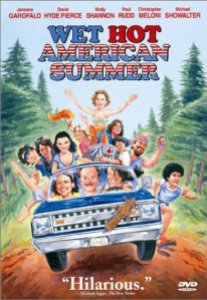
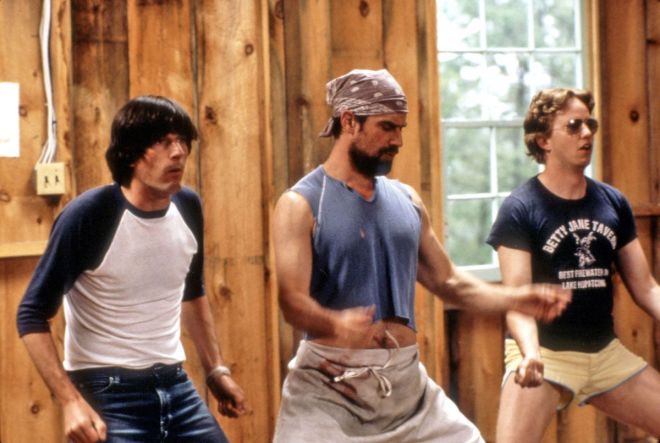
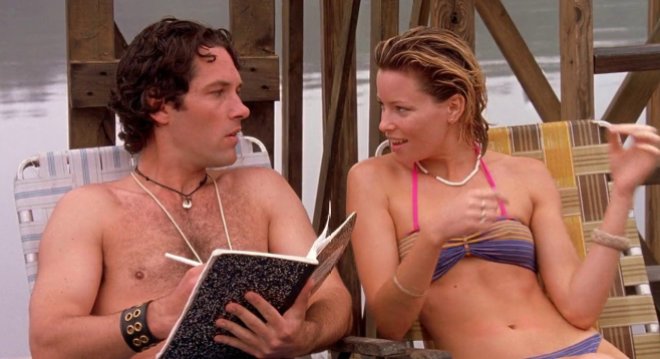
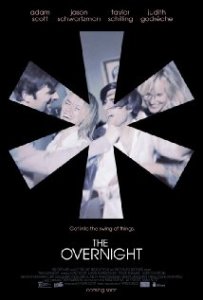
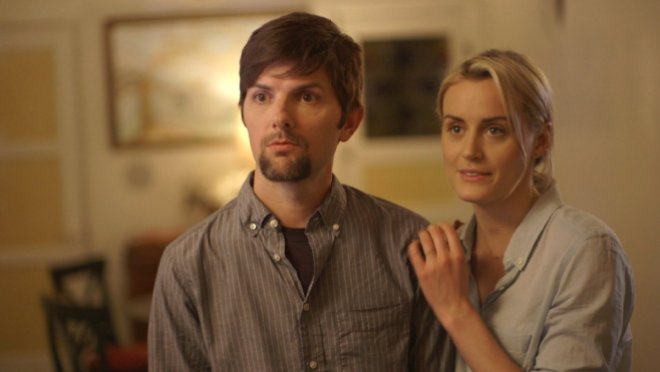
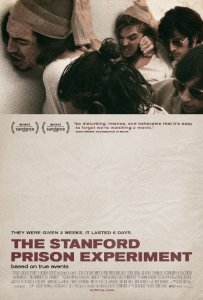
 The first “
The first “ “Jurassic World” grossed over $200 million domestically in its opening weekend, making it one of the highest opening weekends at the box office of all time. It further was one of the all time fastest to surpass $1 billion in the world, and has already earned over $500 million domestically in just three weekends. It would seem Americans don’t echo the sentiment heard early in “Jurassic World” regarding the poor performance of their theme park: “No one is impressed by a dinosaur anymore.”
“Jurassic World” grossed over $200 million domestically in its opening weekend, making it one of the highest opening weekends at the box office of all time. It further was one of the all time fastest to surpass $1 billion in the world, and has already earned over $500 million domestically in just three weekends. It would seem Americans don’t echo the sentiment heard early in “Jurassic World” regarding the poor performance of their theme park: “No one is impressed by a dinosaur anymore.”